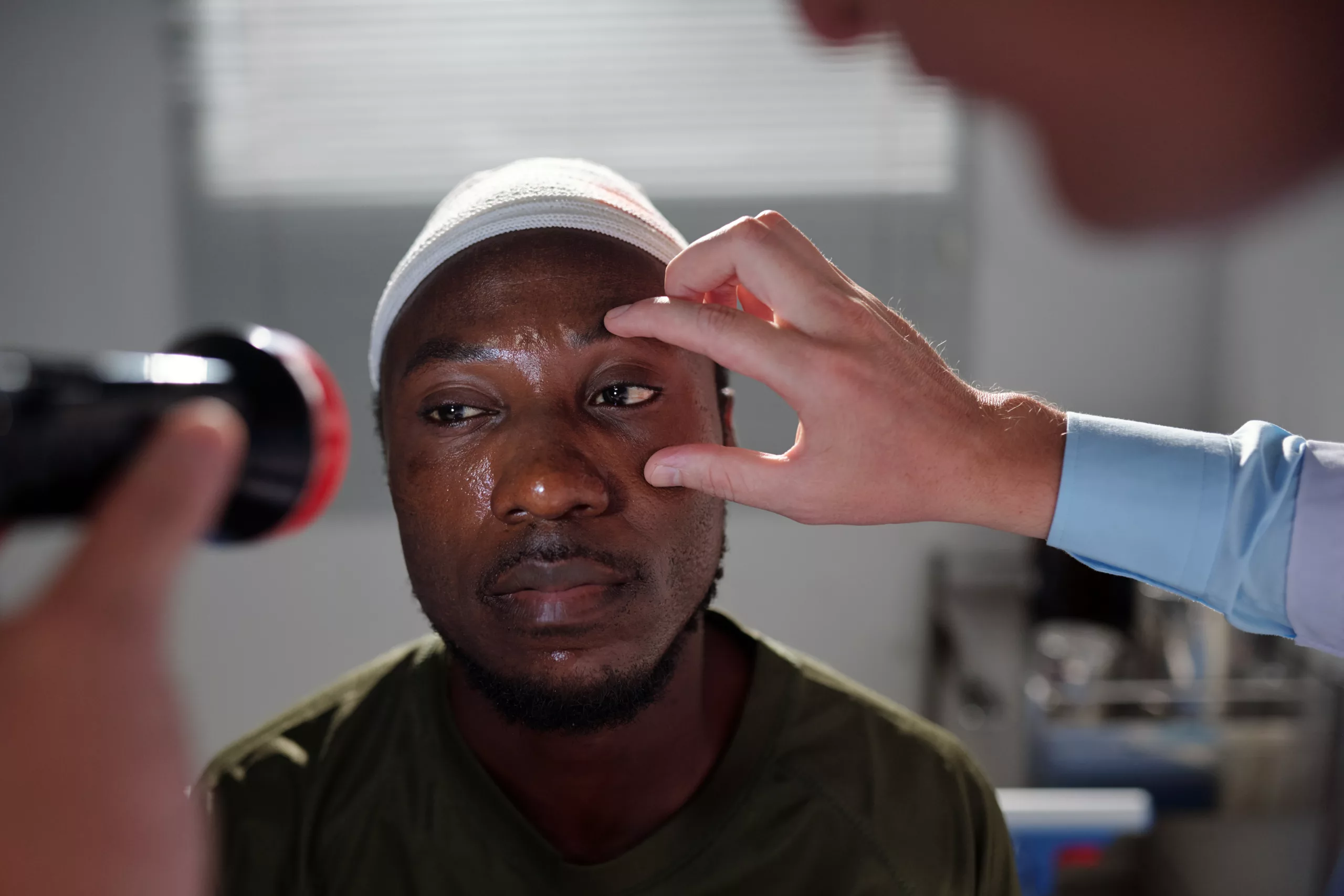Understanding Nasolacrimal Duct Intubation
Introduction
Nasolacrimal duct intubation is a specialized procedure used to treat obstruction or narrowing within the nasolacrimal system, which includes the tear ducts responsible for draining tears from the eyes into the nasal cavity. This technique is primarily employed when other conservative measures fail to relieve symptoms associated with blocked tear ducts, such as excessive tearing (epiphora), recurrent infections, or discomfort.
Anatomy and Function
The nasolacrimal system consists of the lacrimal gland, which produces tears, and the ducts that drain these tears into the nasal cavity. Tears flow through the puncta, small openings in the inner corners of the upper and lower eyelids, into the canaliculi—a pair of narrow ducts that merge to form the common canaliculus. From there, tears travel through the lacrimal sac before entering the nasolacrimal duct, which ultimately drains into the inferior meatus of the nose.
Indications for Nasolacrimal Duct Intubation
- Congenital Nasolacrimal Duct Obstruction (CNLDO): This condition is common in infants, where the duct fails to open correctly during development.
- Acquired Nasolacrimal Duct Obstruction: Occurs due to trauma, infection, aging, or anatomical variations, leading to blockage and impaired tear drainage.
Procedure Overview
Nasolacrimal duct intubation is typically performed under local or general anesthesia, depending on the patient’s age and medical condition. The procedure involves the following steps:
- Preparation: The patient is positioned comfortably, and the eye is prepped and draped in a sterile fashion.
- Cannulation: A thin, flexible tube (intubation probe or stent) is gently inserted through the puncta and canaliculi, navigating through the lacrimal sac and into the nasolacrimal duct.
- Stenting: The tube or stent remains in place temporarily, serving to dilate and maintain the patency of the nasolacrimal duct, allowing tears to drain properly.
- Postoperative Care: After the procedure, patients are typically monitored for a short period and provided with instructions for eye care and follow-up visits.
Benefits and Risks
Benefits:
- Improved Tear Drainage: Reduces symptoms of tearing and associated discomfort.
- Prevention of Infections: Minimizes the risk of recurrent infections related to stagnant tears.
- Minimally Invasive: Generally well-tolerated with low complication rates.
Risks:
- Temporary Discomfort: Mild discomfort or irritation around the eye and nose.
- Stent Migration: Rarely, the stent may move out of place, requiring repositioning.
Outcomes and Prognosis
The success rate of nasolacrimal duct intubation varies depending on the underlying cause of the obstruction and the patient’s individual factors. In many cases, the procedure effectively resolves symptoms and improves tear drainage, enhancing overall ocular comfort and reducing the need for further intervention.
Conclusion
Nasolacrimal duct intubation is a valuable procedure for managing obstructive conditions within the nasolacrimal system, offering significant relief to patients suffering from impaired tear drainage. With its minimally invasive nature and high success rates, it remains a cornerstone in the treatment of congenital and acquired nasolacrimal duct obstructions. For individuals experiencing persistent tearing or related symptoms, consulting an ophthalmologist or a specialized eye care provider can provide insights into whether nasolacrimal duct intubation is an appropriate treatment option.
World Eye Care Foundation’s eyecare.live brings you the latest information from various industry sources and experts in eye health and vision care. Please consult with your eye care provider for more general information and specific eye conditions. We do not provide any medical advice, suggestions or recommendations in any health conditions.
Commonly Asked Questions
In many cases, yes, especially when deemed medically necessary to relieve symptoms and improve ocular health.
While it can improve tear drainage, recurrence is possible, especially in cases of underlying anatomical issues or chronic conditions.
Yes, alternatives include massage therapy, probing, and balloon dacryoplasty, depending on the severity and cause of the obstruction.
Patients may experience mild discomfort and are usually advised to avoid rubbing their eyes. Follow-up visits are scheduled to monitor progress.
Success rates vary but are generally high, particularly when performed by experienced ophthalmologists or eye surgeons.
Risks include stent migration, temporary discomfort, and rarely, infection or damage to surrounding structures.
Yes, this procedure is commonly used to treat congenital tear duct obstructions in infants and children.
Stents are usually left in place for several weeks to months, depending on the individual case and healing progress.
The procedure is typically performed under anesthesia, so discomfort is minimal. Some patients may experience mild irritation afterward.
Adults may experience excessive tearing, recurrent eye infections, and a constant feeling of moisture around the eyes.
news via inbox
Subscribe here to get latest updates !







